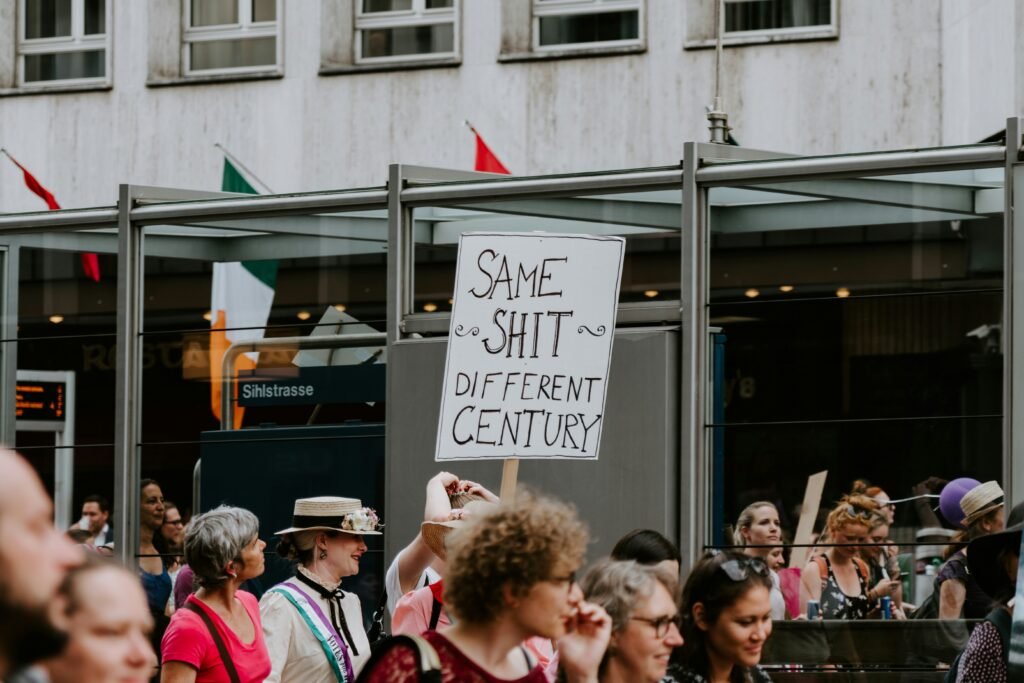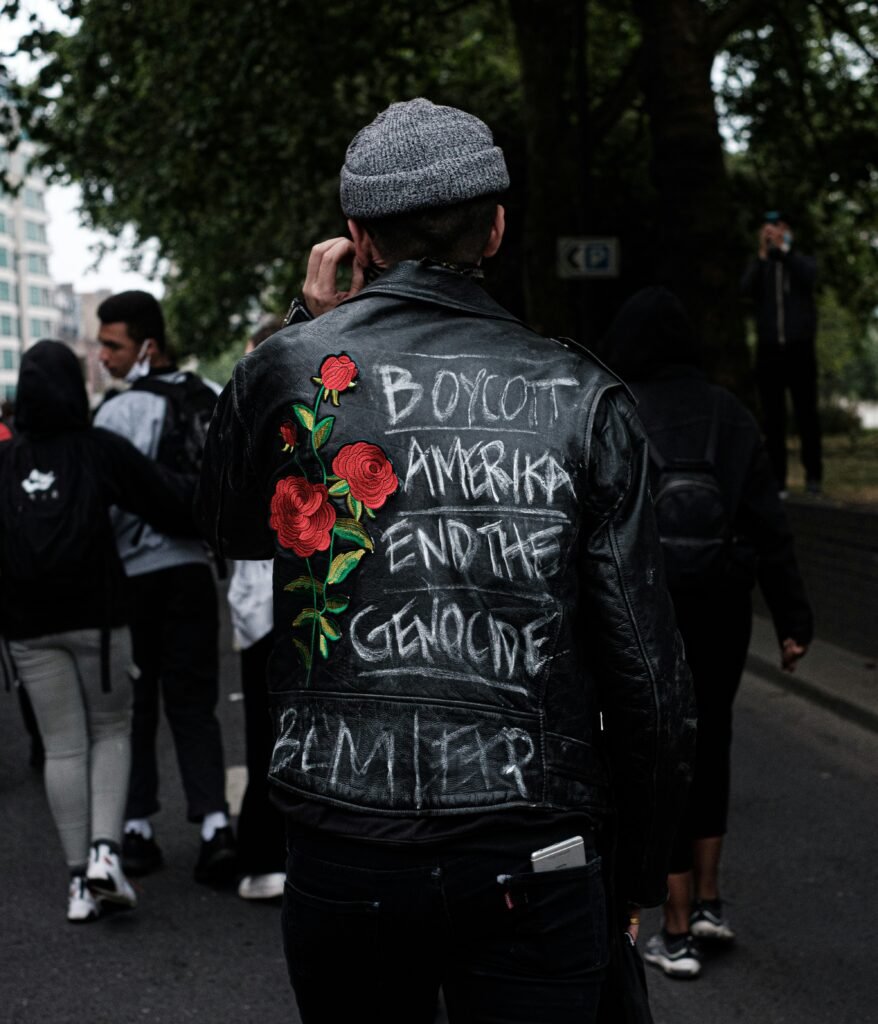Consumer boycotts have long served as powerful tools for expressing political dissent and economic grievances. Today, India finds itself at the center of a growing movement calling for boycotts of American products, driven by Trump’s recent words and actions.
Current Context: Why India is Calling for American Boycott
The latest wave of anti-American sentiment in India stems from Trump’s implementation of substantial tariffs on Indian goods. The new tariffs impose a 25% duty on Indian exports to the United States, which when combined with existing duties, creates a cumulative tariff rate of 50% on Indian products entering the American market. Of course, they haven’t gone into effect, and on the date of this post Trump said that they are “still negotiating in India”.
Major American brands operating in India—from McDonald’s and Coca-Cola to Amazon and Apple—are now facing organized boycott calls. The movement has gained momentum through X and other social media using hashtags like #BoycottUSA, while organizations like the Swadeshi Jagran Manch, affiliated with the ruling party, have launched formal campaigns advocating for domestic alternatives over foreign products.
The economic stakes are significant. India represents a crucial market for American companies, with the country being home to WhatsApp’s largest user base globally and hosting more Domino’s outlets than any other nation. Business leaders like Manish Chowdhary, co-founder of Wow Skin Science, have used platforms like LinkedIn to advocate for “Made in India” products, urging consumers to support domestic farmers and startups over international brands.
Historical Precedents: When Boycotts Changed the World
History offers numerous examples of consumer boycotts that achieved their stated objectives, providing valuable lessons about the conditions necessary for success.
The Montgomery Bus Boycott (1955-1956): A Model of Organized Resistance
Perhaps the most successful consumer boycott in history was the Montgomery Bus Boycott, triggered when Rosa Parks refused to give up her bus seat to a white passenger. The African American community, representing 75% of the bus company’s clientele, organized a remarkably disciplined campaign that lasted 381 days.
The boycott’s success stemmed from several key factors: strong community organization through the Montgomery Improvement Association led by Martin Luther King Jr., creative alternative transportation including carpools and discounted taxi rides, and clear, achievable objectives. The economic impact was devastating—the bus company lost between 30,000 and 40,000 fares daily, causing profits to crash. The campaign ultimately succeeded when the U.S. Supreme Court declared segregated buses unconstitutional in 1956.

The Anti-Apartheid Movement (1959-1994): Global Solidarity in Action
The international boycott against South African apartheid represents one of history’s longest and most comprehensive consumer campaigns. Beginning in 1959, the movement initially focused on fruit and vegetables but expanded to target major retailers like Marks & Spencer and Next.
The campaign’s effectiveness came from its international scope and sustained pressure. Major corporations withdrew investments, 155 American colleges divested from South African companies, and over 200 U.S. corporations left the country. South Africa was banned from the Olympic Games between 1964 and 1992 due to the global boycott. While not the sole factor, the economic pressure significantly contributed to apartheid’s end in 1994 when Nelson Mandela became South Africa’s first Black president.
The Delano Grape Strike and Boycott (1965-1970): Labor Rights Through Consumer Power
The United Farm Workers’ grape boycott demonstrated how consumer pressure could support labor rights. When 800 Filipino farmworkers in California’s grape fields walked off their jobs demanding fair wages, the movement launched a national boycott that gained support from restaurants, churches, and consumers across the country.
At its height, over 14 million Americans refused to buy grapes. Supermarkets and liquor stores nationwide stopped purchasing nonunion grapes and wine. The sustained pressure ultimately led to historic labor contracts in 1970 that improved wages and working conditions for farmworkers.
When Boycotts Fall Short: Lessons from Failed Campaigns
Not all boycotts achieve their objectives. Understanding these failures provides crucial insights into what makes consumer movements effective.
The 1980 Olympic Boycott: Limited Political Impact
President Jimmy Carter’s call for the United States to boycott the 1980 Moscow Olympics unless Soviet troops withdrew from Afghanistan initially appeared successful, with over 60 nations joining the boycott. However, the boycott failed to achieve its primary political objective—Soviet troops remained in Afghanistan until 1989, nearly a decade later. The campaign also sparked retaliatory boycotts of the 1984 Los Angeles Olympics by Soviet allies.
Internet-Era Boycotts: The Challenge of Sustained Organization
Research has shown that consumer boycotts launched by individuals through the internet are often wholly ineffective at achieving their goals. While social media makes it easier than ever for boycotts to begin, these campaigns frequently lack the sustained organization and clear leadership necessary for long-term success.

The Economics of Boycott Effectiveness
Academic research reveals important patterns about boycott effectiveness. Studies examining the stock market impact of boycott announcements found that target firms experienced statistically significant decreases in stock prices, with the average drop exceeding $120 million over two months following boycott announcements.
However, research also shows that only about one-third of boycotts achieve their primary objectives, while another third achieve partial success. The most successful campaigns share several characteristics: they target companies with high vulnerability to consumer pressure, maintain clear and achievable objectives, sustain organized leadership over extended periods, and offer consumers viable alternatives to boycotted products.
Factors That Determine Success
Historical analysis reveals several critical factors that separate successful boycotts from failed ones:
Economic Leverage: Successful boycotts target companies or systems that are economically vulnerable to consumer pressure. The Montgomery Bus Boycott worked because African Americans comprised 75% of ridership. Similarly, international boycotts of South Africa succeeded because the economy depended heavily on foreign investment and trade.
Clear Objectives: Effective boycotts have specific, measurable goals rather than vague political demands. The Montgomery boycott sought concrete changes to bus seating policies. Failed boycotts often lack clear victory conditions.
Sustained Organization: Long-term success requires institutional support and coordinated leadership. The Montgomery Improvement Association provided structure for the bus boycott, while the anti-apartheid movement built international coalitions over decades.
Available Alternatives: Boycotts work better when consumers have viable substitutes for boycotted products. Colonial tea boycotts succeeded partly because Dutch tea could replace British tea.
Moral Authority: The most successful boycotts tap into clear ethical issues that generate broad public sympathy and support.
Implications for India’s Current Movement
When viewed through this historical lens, India’s current boycott movement shows both promising elements and potential challenges. The country’s massive market size gives it significant economic leverage over American companies. Government-level support through initiatives like the Swadeshi Jagran Manch campaign provides institutional backing that many grassroots boycotts lack.
However, the movement faces challenges common to many contemporary boycotts: somewhat unclear specific objectives beyond general opposition to American trade policies, the integrated nature of global supply chains that makes complete avoidance difficult, and the risk of losing momentum without sustained organization beyond social media campaigns.
Historical evidence suggests that the most effective boycotts combine moral clarity with economic leverage, sustained organization with clear objectives, and broad public support with viable alternatives. Whether India’s current movement can maintain the organizational discipline and strategic focus necessary for long-term success remains to be seen, but history demonstrates that consumer boycotts can indeed achieve significant political and economic change when properly executed.
The power of collective consumer action has shaped history for centuries, from colonial resistance to civil rights movements to international campaigns for human rights. India’s current boycott movement represents the latest chapter in this ongoing story of how ordinary purchasing decisions can become powerful tools for political expression and economic change.
